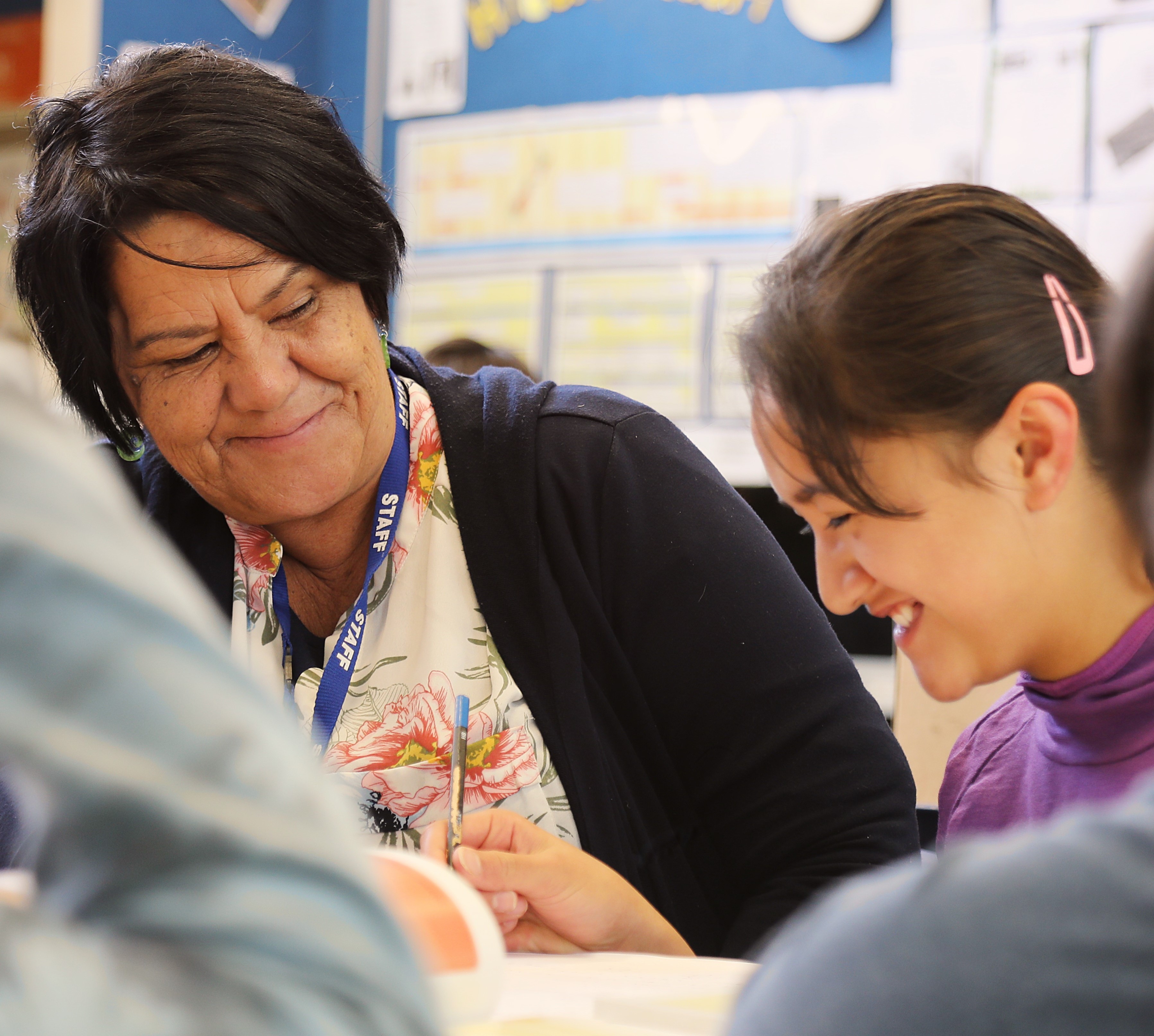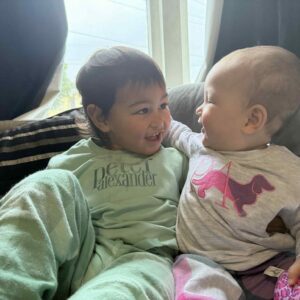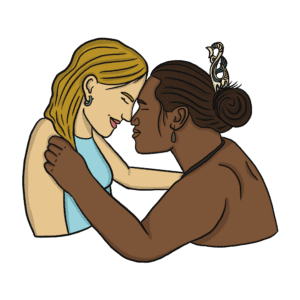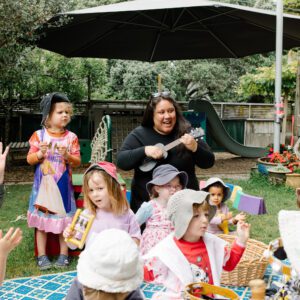Nestled into the bush on the north-western fringes of suburban Wellington, Otari School draws students from 26 suburbs across the city.
Alongside mainstream and Montessori strands, there is a Māori immersion unit, Ngā Uara o te Whenu, which was set up in 1992 following lobbying by Māori parents and the community.
Previously, the school was struggling and hadu dropped to just 50 students, but those days are now a distant memory at the school. Api Nathan, deputy principal and Māori immersion strand leader, gets calls almost every day from parents who want Māori immersion learning for their tamariki.
“I feel the demand. Every day we’re getting phone calls from families that maybe have no reo at all, but they’d really like their tamariki in that environment – and they’re brave enough to jump into total immersion,” she says.
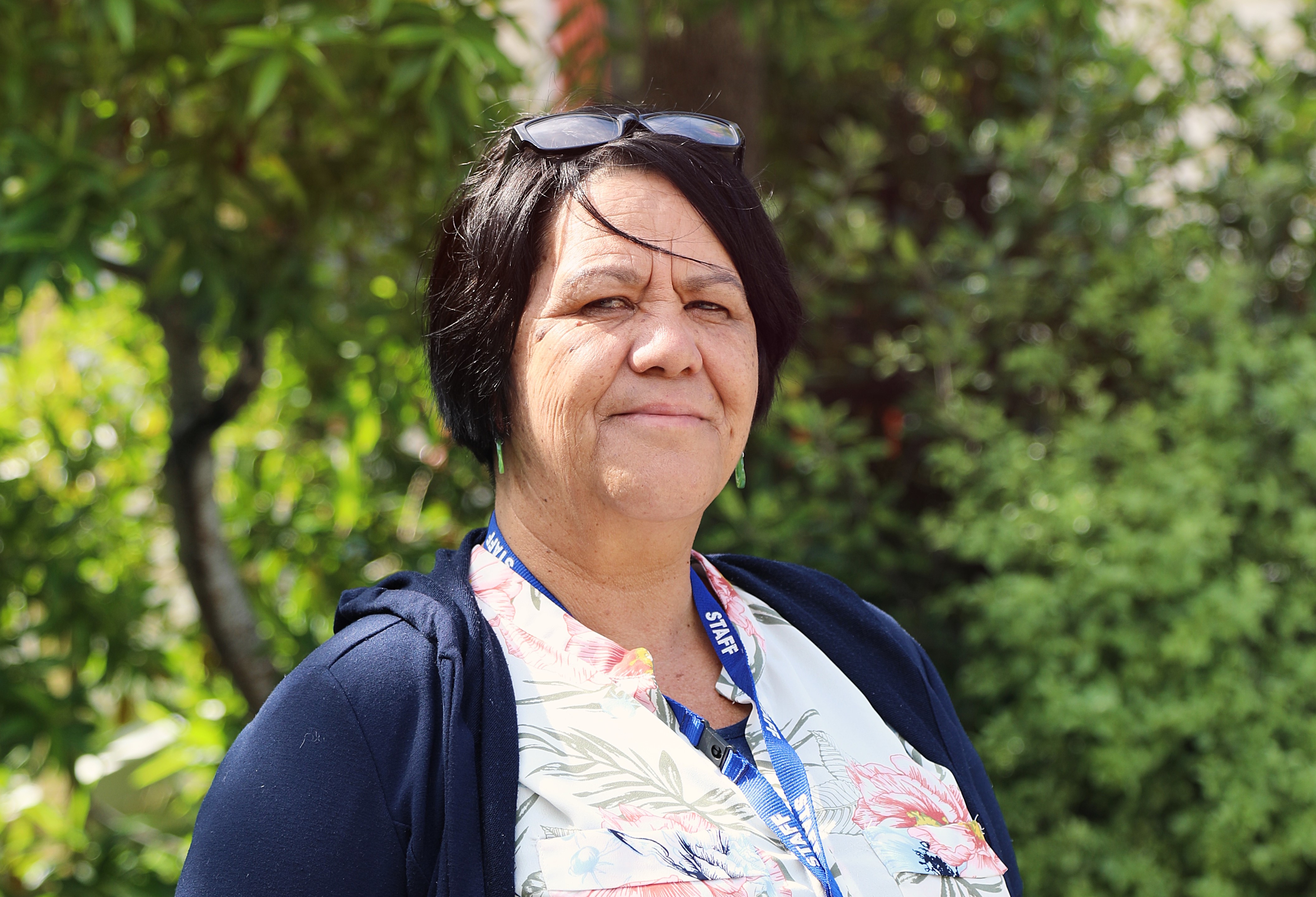
Only a handful of schools across the region offer Level 1 immersion learning, which means te reo Māori is used for communication and instruction more than 80 percent of the time. The immersion unit at Otari School is just about at its capacity of 80 students across three classes, and follows Te Marautanga o Aotearoa, the Māori curriculum.
There is no requirement for students to have any te reo Māori ability at all when they enrol in the school’s immersion stream. When applying, parents or caregivers fill out a form outlining the level of te reo Māori that they and their children have, what they’re doing about their own language development and how they might support their children’s learning. This information is used to assist the school, not decide enrolment, so kaiako see the full range of abilities – from those who have te reo Māori as their first language, through to those who can only speak English.
Kaiako see the full range of abilities – from those who have te reo Māori as their first language, through to those who can only speak English.
“As kaiako, we have ongoing discussions about what to do, how we [can] handle these kids coming in. We are having to tweak things every year,” says Nathan.

The unit was bilingual for the first few years before becoming full immersion for Years 0 to 5. “However, we have moments of English to clarify concepts in all aspects of our curriculum [and] to create a solid understanding,” says Nathan.
When students get to Nathan’s class in Year 6, they are formally introduced to some English language instruction and the New Zealand Curriculum. Nathan says this is when some parents “get the wobbles” as they worry whether their child will have strong enough English going into secondary school.
In the past, there was a trend for some parents to take their children out and put them into a mainstream intermediate class.
“That happens not as much now, and I’m really glad, because we are able to see the tamariki who go right through to Year 8 in our immersion units. They’re doing fine – really fine, actually – at high school,” says Nathan.
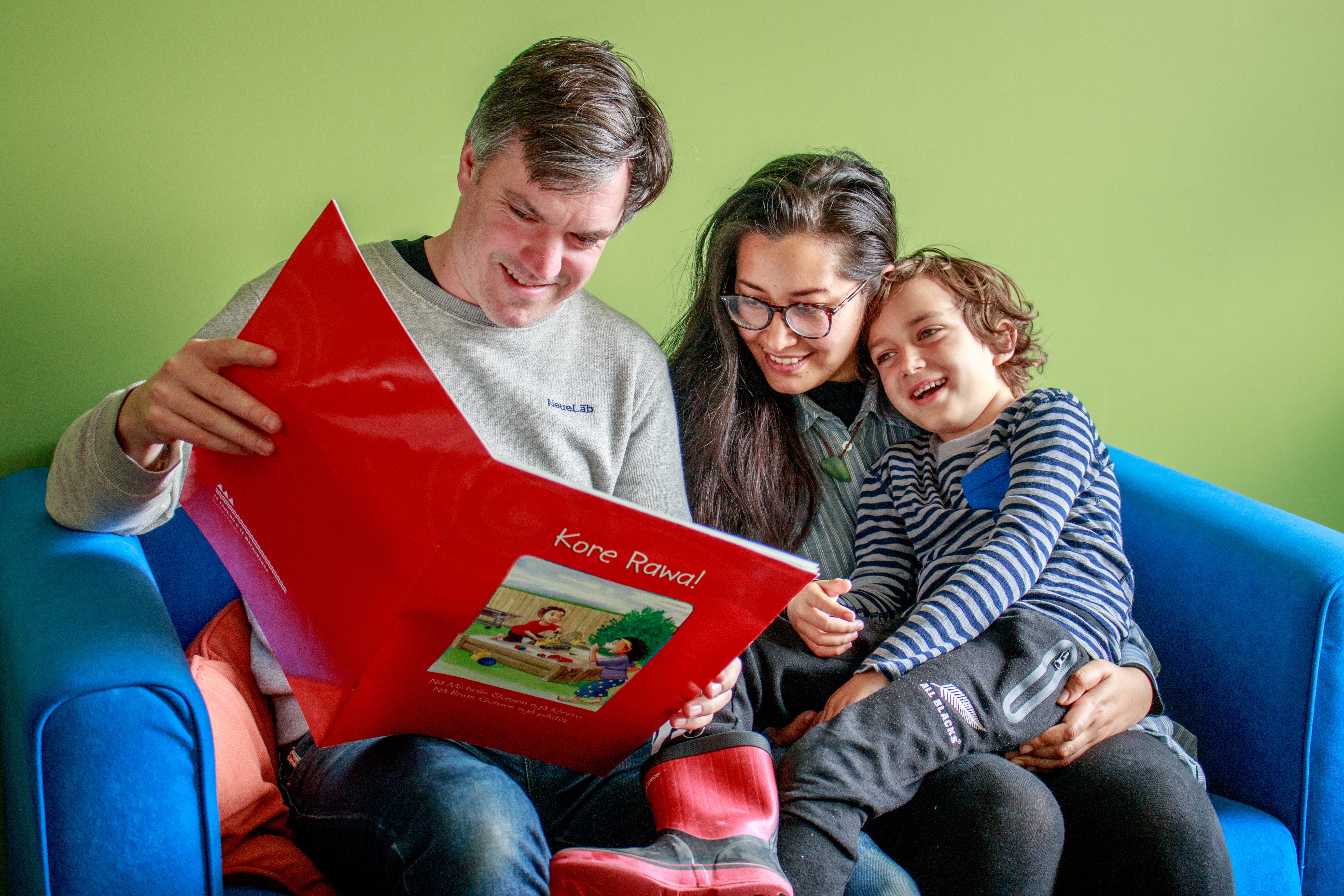
When Anita and Peter Lowry were choosing a school for their son, six-year-old Atticus, they visited Otari School and saw the senior immersion students having English lessons. This was reassuring and seemed to them a sensible approach.
Parents of tamariki in immersion units can’t help but look to the future, and Anita Lowry says they had observed that children could need extra help with English after leaving immersion learning environments. That was the case for their 17-year-old daughter, who went through kura kaupapa.
Peter Lowry, who is originally from Ireland, saw immersion learning within a mainstream school as a “little less pressure” than kura kaupapa for a beginning te reo Māori speaker like himself.
“Kōhanga Reo was a little bit of a struggle [for me] to interact on day-to-day things, because there was absolutely no English spoken at all. Everyone was very lovely, [but] at Otari now, I can have a sneaky ‘how do I pay for these photos’ conversation early in the morning in English,” he laughs.
Otari School principal Clifford Wicks says that for immersion education to be fully successful, students need to stay right through to Year 8 to develop full fluency.
Otari School principal Clifford Wicks says that for immersion education to be fully successful, students need to stay right through to Year 8 to develop full fluency.
“I think we can address [parents’] concerns about English ourselves. Also, I think, generally parents worry too much about being prepared for high school,” he says.
Because of the Level 1 immersion requirements, te reo in class is fiercely protected, but students can interact with their peers across the rest of the school in English. Wicks says they ensure plenty of opportunity for inter-strand activities, “as we could become three little islands otherwise”.
The older students will have technology classes and senior camp in English with students from the other strands, along with school hui, playground interaction and activities like Life Education.
But the language crossover goes both ways, and Wicks says the students immersed in te reo have a wonderful influence on the whole school. For the past three years, everyone from Otari School has gone into the city to march in the hikoi for Te Wiki o te Reo Māori, because “the other kids wanted to do that”.
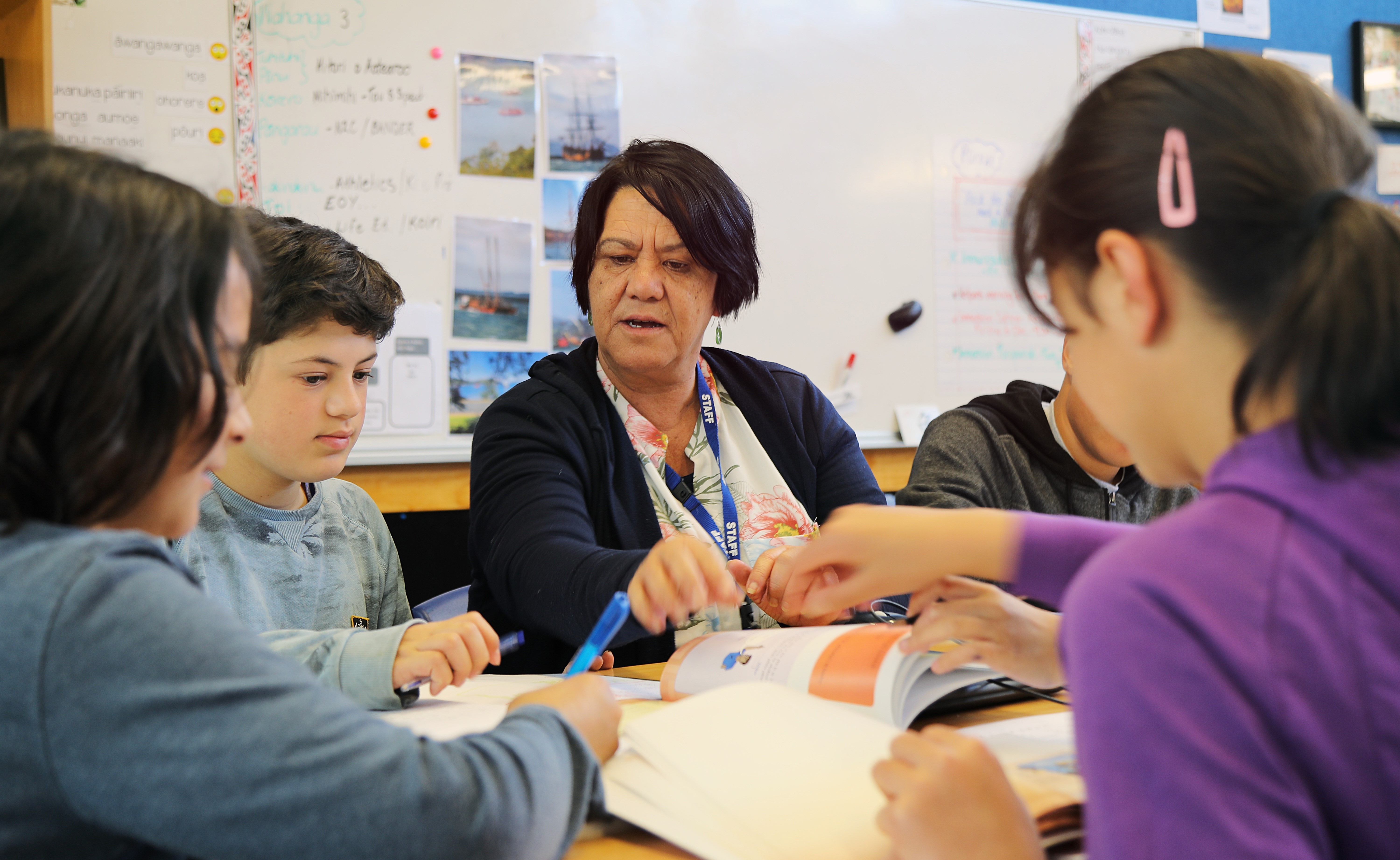
Immersion students practice kapa haka daily so are at a more advanced level, but all students learn some kapa haka and can perform at festivals. Students from the other strands are also welcome to join in the unit’s daily kapa haka, waiata and karakia.
Wicks says that he takes very seriously the mandate as principal to promote and support all three strands.
“That doesn’t mean [I need] to be a qualified Montessori teacher or a fluent te reo speaker – it’d be great if I was – but it does mean finding and working with people who are, [and] supporting people who are.”

When the opportunity arose in 2012 to appoint an assistant principal, Wicks tied this position to the immersion strand to ensure that the school would always have either an assistant or deputy principal position from that strand. The board has parent representatives from each strand as well.
“But you have got three communities and sometimes they need to be reminded that this is one school, and our board and our staff are serving all children. If a certain group only cared about their strand, it weakens everybody,” says Wicks. “I think that whanaungatanga, which the community chose as their overarching value, is so important. It’s more than just a word.”
A number of mainstream schools like Otari can date their Māori immersion units back to the late 1980s and early 1990s, developing alongside the Kura Kaupapa Māori movement.
The first Kōhanga Reo was established in Wainuiomata in 1982. Three years later, the first Kura Kaupapa Māori, Te Kura Kaupapa Māori o Hoani Waititi, opened in West Auckland. Official government support and funding for Kura Kaupapa Māori as state schools began with the Education Act 1989.
However, the recorded history of Māori immersion units within mainstream schools is sparse. Their origins tend to be similar to Otari School’s: schools would set up units where their communities and local iwi requested and supported it, often starting as bilingual units and moving to full immersion depending on demand and the availability of fluent teachers and kaiārahi i te reo.
Ministry of Education data suggests that, today, around 100 mainstream primary and intermediate schools have at least one Level 1 or 2 Māori immersion unit.
One of the newest units is Toitoi Manawa o Fairhaven at Fairhaven School in Te Puke. An Education Review Office (ERO) report in 2013 highlighted a community desire for stronger te reo Māori and taha Māori presence in the school. The unit launched in 2015, following extensive research and consultation with local Tapuika and Waitaha iwi. It has three classes covering Years 0 to 6 at immersion Levels 1 and 2, with at least 51 percent of instruction in te reo Māori.
Principal Paul Hunt says that in establishing the unit, the school staff and board have moved along a “continuum of understanding”. They now realise that the very “mono-cultural European setup” in schools must change to be more inclusive and ensure that all students feel that they and their culture are valued.
“That’s a big move from just starting up an immersion unit,” he says.
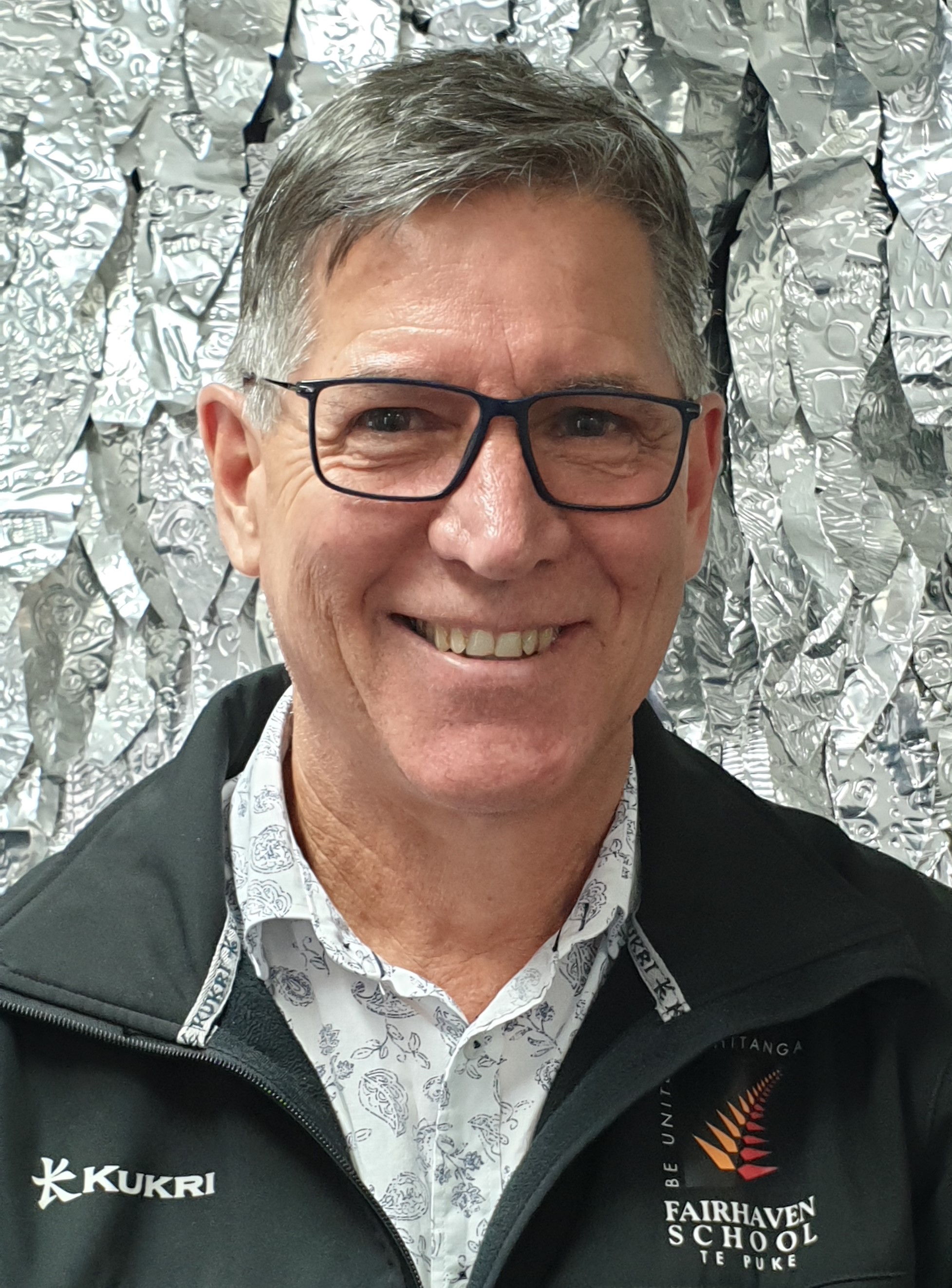
The teachers who helped to develop Toitoi Manawa and their local curriculum, Marau-akura, are now using what they’ve learned to help integrate te reo within the rest of the school as well.
“We’ve identified that the parents of Māori children on the English-medium side would like a high level of te reo Māori. So that’s a whole-school thing we have – karakia and waiata in our assemblies, and within our classes we often have karakia and they’ll use a basic level of te reo Māori. We want to increase that,” says Hunt.
“We’ve identified that the parents of Māori children on the English-medium side would like a high level of te reo Māori.”
Paul Hunt
All staff members are participating in professional learning and development around cultural and inclusive practices.
Crucially, Hunt says, they realised they had to address the things that might be barriers to Māori parents getting involved in school meetings and events. Offering childcare and catering and holding events at the local marae have resulted in almost 100 percent whānau attendance at hui.
ERO reviewed the school again in late 2019 and found that achievement had increased, particularly for students in Toitoi Manawa. Attendance is also up, and it was observed that parents felt included, valued and welcomed at the school.
“Education isn’t just somebody coming into a room and being taught something and going home,” says Hunt. “It’s embracing the whole culture [of the student]. It’s vitally important.”
